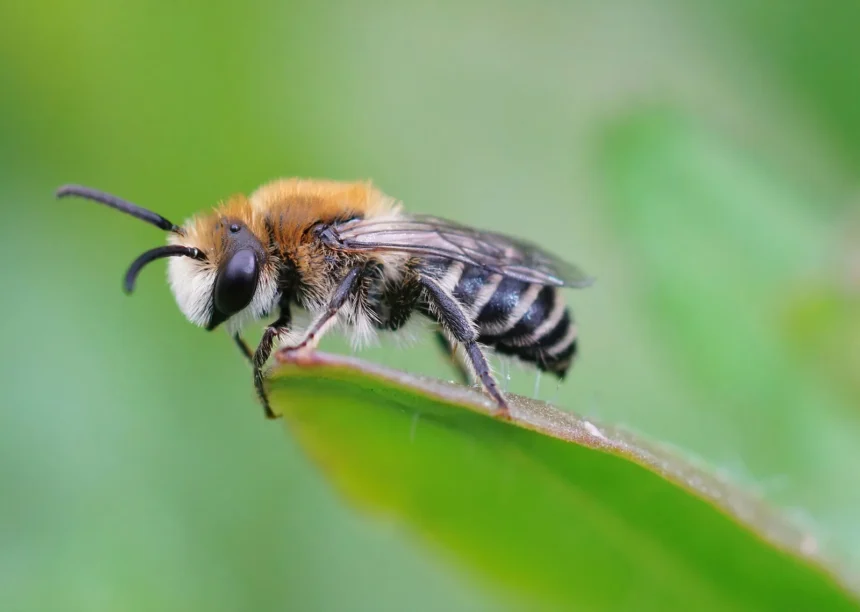Bees are amazing creatures that can perform complex tasks, such as pollinating flowers, making honey, and communicating with each other. But did you know that bees can also make better and faster decisions than humans, for the things that matter to them? A recent study published in the journal eLife reveals how millions of years of evolution has engineered honey bees to make fast decisions and reduce risk. The study enhances our understanding of insect brains, how our own brains evolved, and how to design better robots.
The Experiment on Bees
The study was led by Professor Andrew Barron from Macquarie University in Sydney, and Dr. HaDi MaBouDi, Neville Dearden, and Professor James Marshall from the University of Sheffield. They wanted to investigate how bees make decisions when they encounter flowers that may or may not have nectar, a source of energy for their hive.
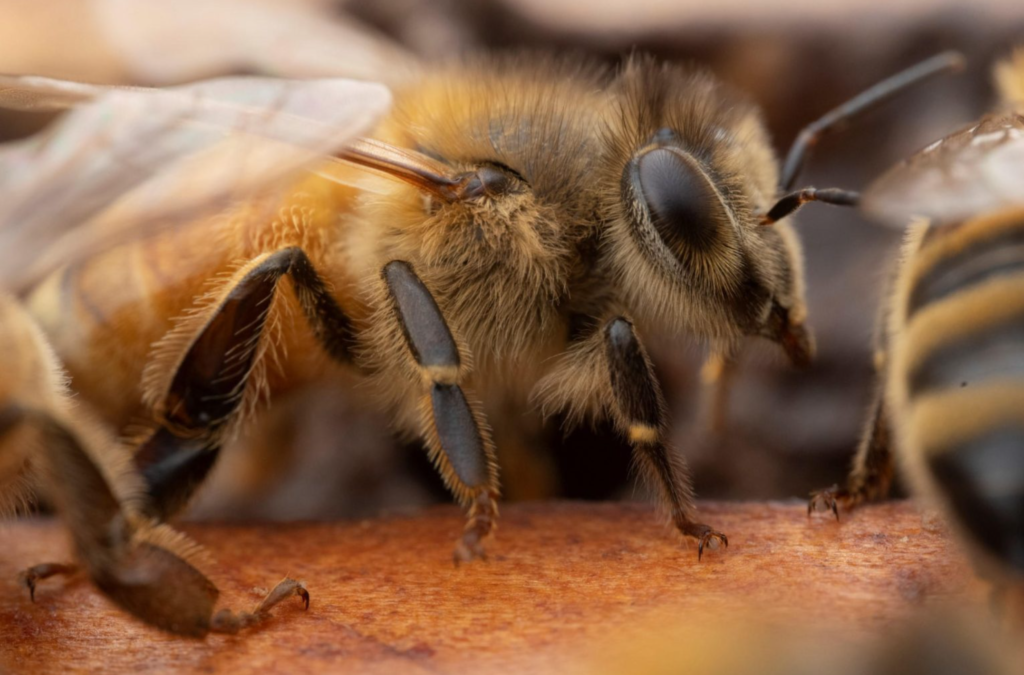
They trained 20 bees to recognize five different colored ‘flower disks’. Blue flowers always had sugar syrup, which the bees liked. Green flowers always had quinine, which the bees disliked. Other colors sometimes had glucose, which the bees also liked. Then they introduced each bee to a ‘garden’ where the ‘flowers’ just had distilled water. They filmed each bee and tracked the path of the bees and the time it took them to make a decision.
The Results and Implications
The researchers found that the bees made decisions based on the probability of finding nectar in each flower. If the bees were confident that a flower would have nectar, they quickly decided to land on it, taking an average of 0.6 seconds. If they were confident that a flower would not have nectar, they made a decision just as quickly. However, if they were unsure, they took much more time, on average 1.4 seconds, and the time reflected the probability of finding nectar.
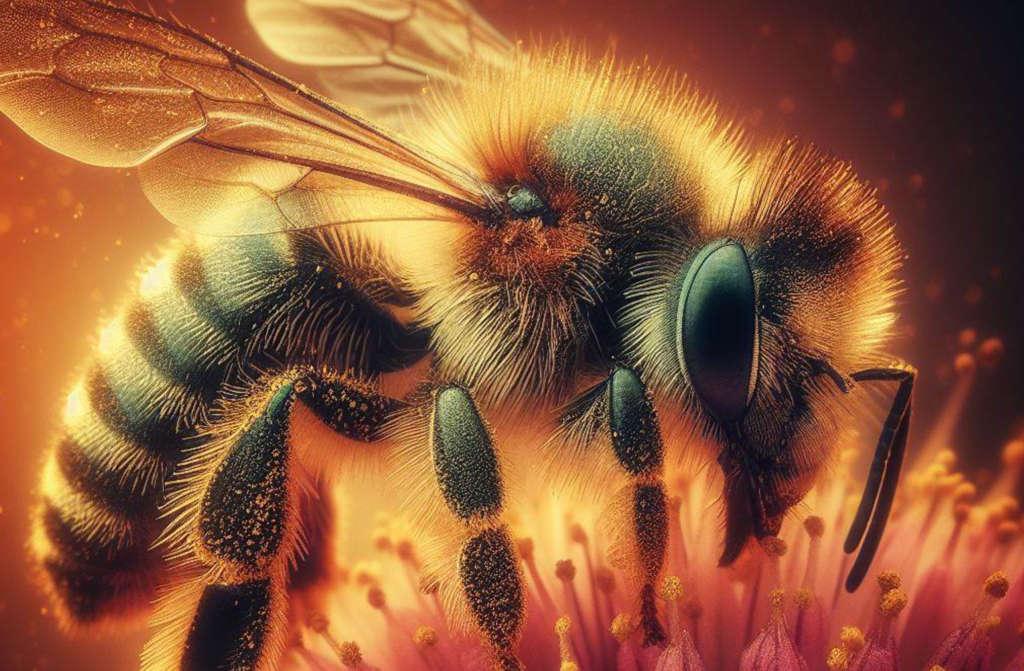
The researchers also found that the bees used a simple rule to make their decisions: they compared the expected reward of landing on a flower with the expected cost of staying in the air. The reward was proportional to the probability of finding nectar, and the cost was proportional to the risk of being attacked by predators. The bees landed on a flower only if the reward was greater than the cost.
The researchers concluded that the bees were able to make fast and accurate decisions by using a simple and efficient strategy that balanced effort, risk, and reward. They also noted that the bees’ decision-making process obeyed the same three main psychosocial laws as the human brain: the Weber-Fechner law, the Hick-Hyman law, and the speed-accuracy trade-off. These laws describe how humans perceive stimuli, process information, and optimize performance.
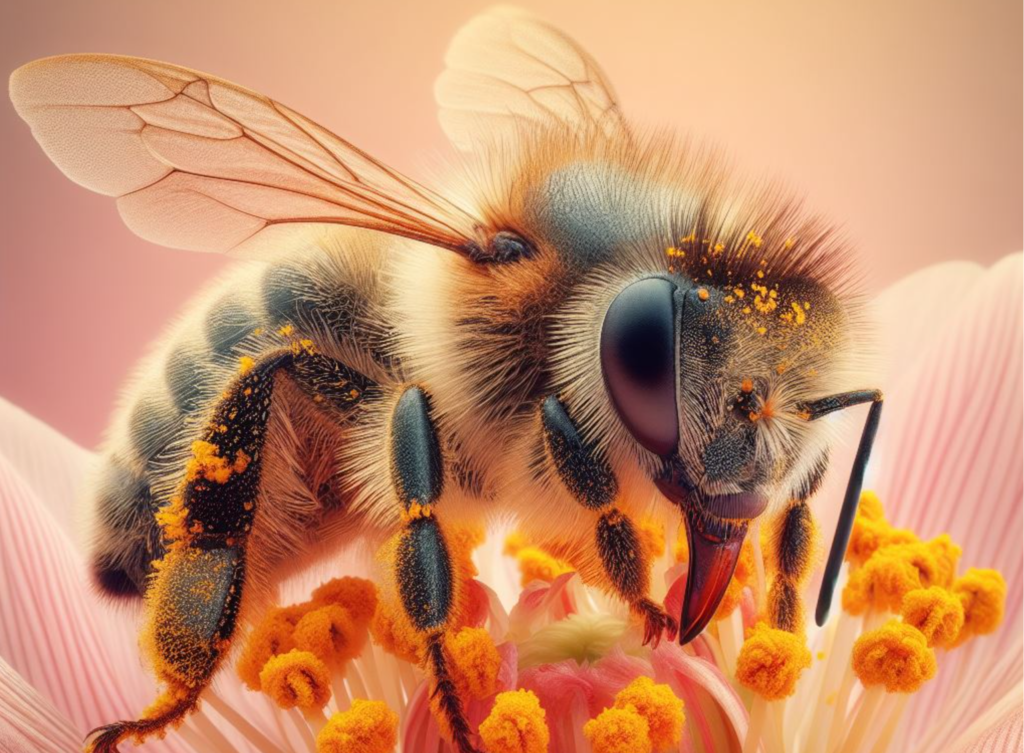
The study suggests that the bees’ decision-making process is the result of natural selection, which has shaped their brains to cope with the challenges of their environment. The study also provides insights for artificial intelligence, which can learn from the bees’ strategy to improve the design and performance of robots, especially in complex and dynamic situations.
Conclusion
The study reveals that bees can make better and faster decisions than humans, for the things that matter to them. The study shows how millions of years of evolution has engineered honey bees to make fast decisions and reduce risk, using a simple and efficient strategy that balances effort, risk, and reward. The study also sheds light on the workings of insect brains, the evolution of human cognition, and the potential for bio-inspired technologies.
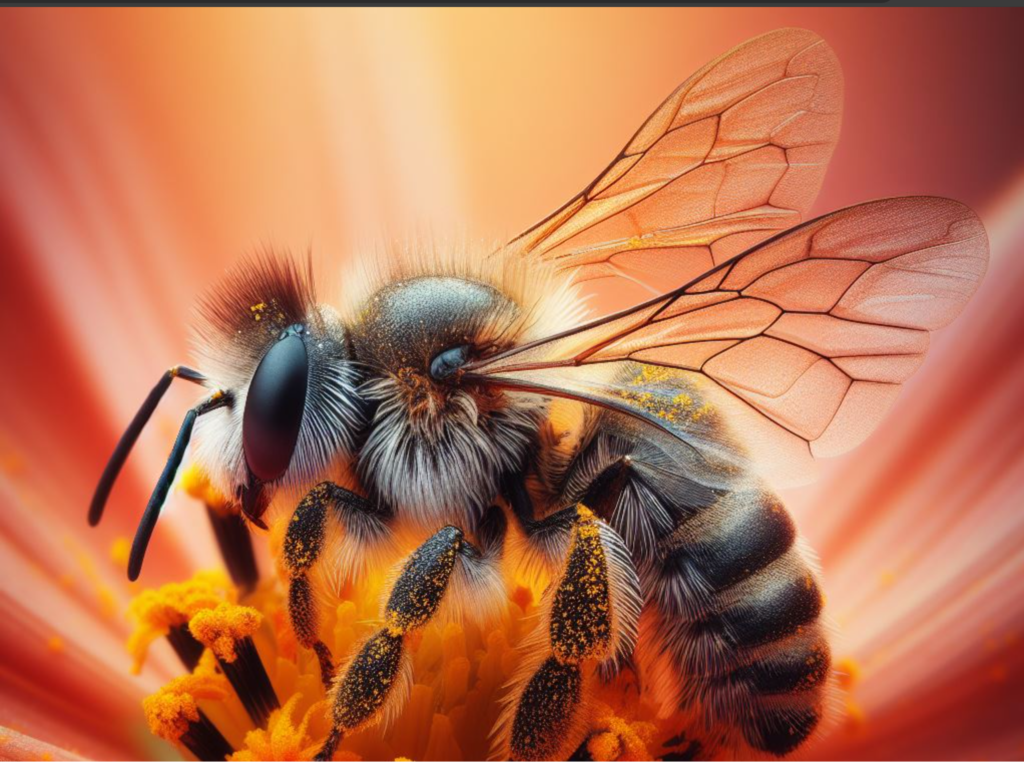
Frequently Asked Questions (FAQs) – Bee Decision-Making and Intelligence
Q: How do bees make decisions efficiently?
A: Bees exhibit efficient decision-making through a process known as swarm intelligence. This collective decision-making involves information exchange and consensus-building among individual bees, allowing the colony to respond swiftly to challenges or opportunities.
Q: What is the “waggle dance” in bees, and how does it contribute to decision-making?
A: The “waggle dance” is a form of communication in which forager bees perform intricate dances to convey information about the location of food sources or potential nesting sites. This spatial communication strategy helps other bees make informed decisions based on the conveyed information.
Q: How do bees communicate information within the hive?
A: Bees communicate through various means, including the waggle dance, pheromones, and tactile interactions. The waggle dance is particularly notable for conveying spatial information, allowing bees to share critical details about resources or potential hive locations.
Q: Why is swarm intelligence crucial for bee colonies?
A: Swarm intelligence is vital for bee colonies as it enables efficient decision-making in response to environmental changes or challenges. The decentralized approach allows the colony to adapt quickly, whether it’s choosing a new hive site or optimizing foraging strategies.
Q: How do bees overcome the limitations of their small brains for decision-making?
A: Despite having small brains, bees maximize cognitive efficiency through evolved mechanisms. Their ability to perform complex tasks efficiently suggests that neural size alone doesn’t dictate cognitive capabilities, emphasizing the importance of studying adaptive strategies.
Q: What can humans learn from bee decision-making?
A: Bee decision-making offers insights into decentralized models for decision-making. Studying the efficiency of bees in navigating complex tasks may inspire researchers in fields such as artificial intelligence and organizational structures to explore similar decentralized approaches.
Q: How does the agility of bee decision-making contribute to environmental adaptation?
A: The rapid decision-making abilities of bees are crucial for adapting to environmental changes. Whether it’s finding new nesting sites or locating food sources, the agility of the hive’s decision-making process allows the colony to respond promptly to challenges and opportunities.
Q: What are the broader implications of understanding bee intelligence for conservation?
A: Recognizing the intelligence of bees has implications for conservation, especially in the context of pollinator decline. Preserving bee habitats and promoting conservation efforts are crucial to ensuring the well-being of these essential pollinators.
Q: Why are bees often referred to as nature’s engineers?
A: Bees are regarded as nature’s engineers due to their remarkable ability to construct intricate hives, exhibit complex social behaviors, and perform tasks essential for the survival of the colony. Their behaviors showcase a form of natural engineering in the insect world.
Q: What lessons can be drawn from the intelligence of bees?
A: The intelligence of bees teaches lessons about the power of unity, effective communication, and adaptive decision-making. The intricate tapestry of bee behavior reveals the extraordinary intelligence that thrives in even the smallest of creatures, emphasizing the interconnectedness of nature.
Also read : Uncovered Secrets Of Amazing Flying Birds: They Only Flap Their Wings 1% Of The Time They Are In The Air







